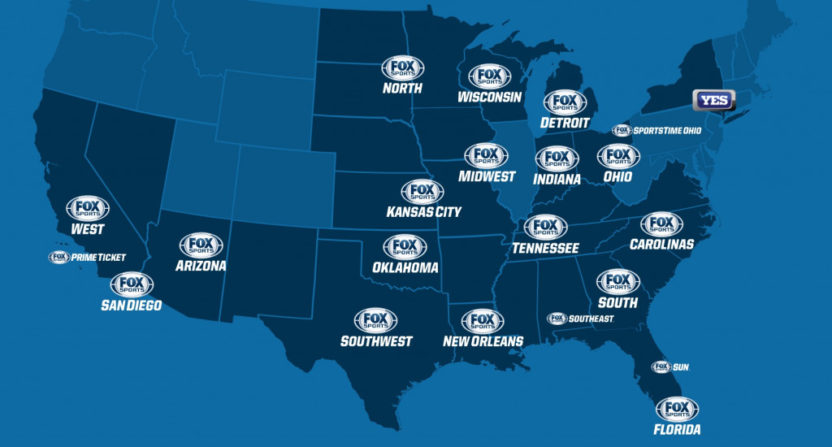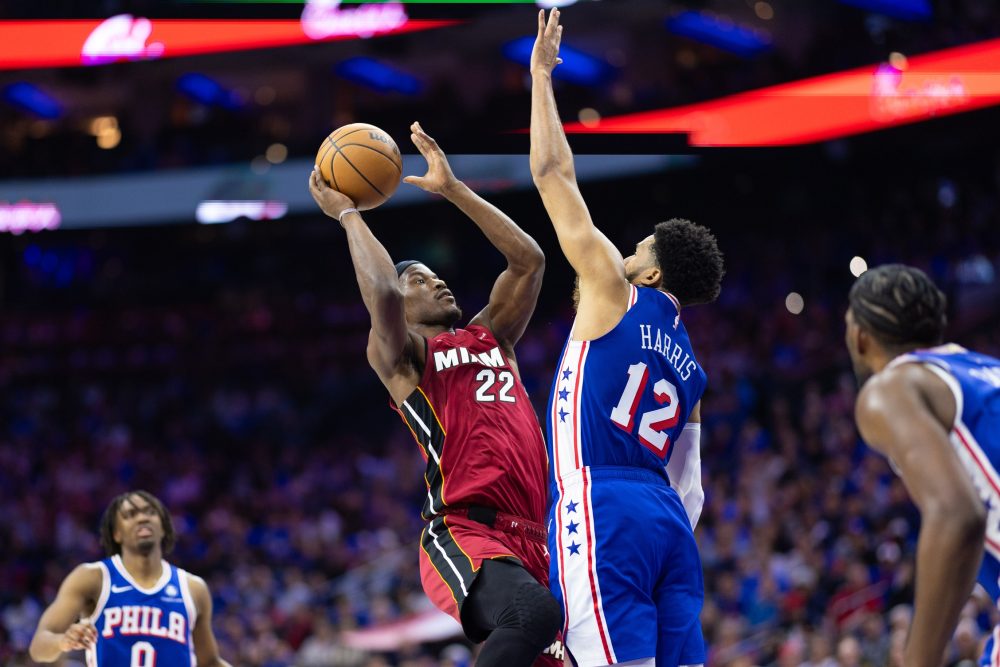With so much speculation about where the Fox-owned regional sports networks would end up, it makes sense they landed at a powerhouse like Sinclair Broadcasting. Announced last week, Disney was reaching very close to the 90 day off-load mark set by the Justice Department after the acquisition of 21st Century Fox became official in March of this year. Outside of YES Network, which the Yankees re-purchased the majority stake, the remaining 21 RSNs went to one home.
Live news and sports. That’s what Sinclair does. (Or actually, Diamond Sports Group, the newly created subsidiary. Can I get credit if that’s their new slogan?) This move puts Sinclair in the uncharted territory of a broadcast conglomerate taking on the former heart of the cable bundle. After all, sports was and still is what holds any weight for traditional pay TV. So, what’s next?
It can change the entire tiering of channels.
The broadcast tier, also known as the “lifeline,” has been untouchable in television carriage negotiations. The penetration of the tier has to reach a certain amount of households (basically all of them), including heavy restrictions on what networks are able to occupy the limited channel space. If every network had their choice, they would be on the heaviest penetrated tier: the lifeline.
The more households they reach, the more money the network makes. They have made sure to have trip wires on this, as “family” tiers were being offered by providers. For instance; if an entertainment network, such as TBS or TNT (who air NBA and MLB games, respectively), was added to this lifeline tier, it would trip a carriage agreement for the likes of ESPN or FS1. It’s been restricted to certain genres and broadcast channels only. Adding this content would force a whole re-negotiation if Sinclair would decide to move local games to any of their local stations, making it their home channel.
It can change the local broadcast agreements.
There are certain markets across the country where you’ll see your favorite MLB team on a local broadcast station in your area. This is a different type of agreement than your typical network carriage negotiation because it’s not negotiating a rate per household for a network, it’s negotiating a price per game (i.e. games that are not being aired on national television, etc). The closer you are to the stadium, the more a local station would pay. The further out you live, your local station would pay less. This could create a chance for the almost 200 Sinclair stations to bring local broadcast packages to all 21 cities, and it also gives Sinclair exclusivity on where to watch your team. (Think SportsNet LA, but on a larger scale)
It can change the bundling of live sports.
There’s always been a division of live sports when it comes to broadcast versus cable. This new acquisition could eliminate this division. It gives Sinclair major bargaining power if they decide to bundle the RSNs with the broadcast carriage requirements, especially since they own stations affiliated with the big four networks. Other broadcast networks (ABC, Fox) have used this to their advantage with their owned stations whose contract was up when a network on cable was also expiring.
It can change the landscape of social engagement and betting.
Recently, Sinclair CEO Chris Ripley said he’d like to bring live sports betting to broadcasts. While many factors will come in to play, from working out state regulations to negotiating with sportsbook operators, it’s opening up a whole new landscape the RSNs have not explored.
Is it a positive or negative for the consumer?
It’s quite early to tell, but right now it’s a mixture of both. We live in a world now where content is consumed from every angle and on demand. Streaming services have become the new cable bundles. Mergers are happening across every medium. This is the next big move in the world of combining broadcast with cable networks. Will it give us, as a consumer, more access? Yes. Will it possibly cost more? Yes. Will there also be some negotiating hold ups? Yes.
It’ll also possibly give more local origination across the board, defying the uniformization of the Fox RSN model. It’ll give local talent more opportunities, from on-screen talent to behind the camera personnel. One thing that’s always consistent is change. And in this instance, change is good.






